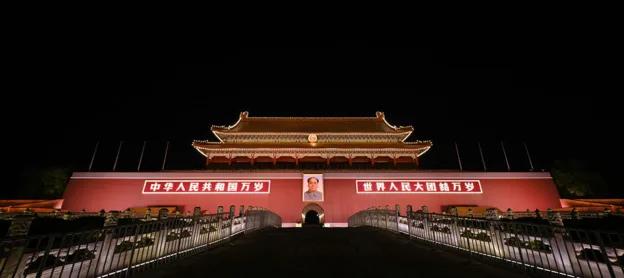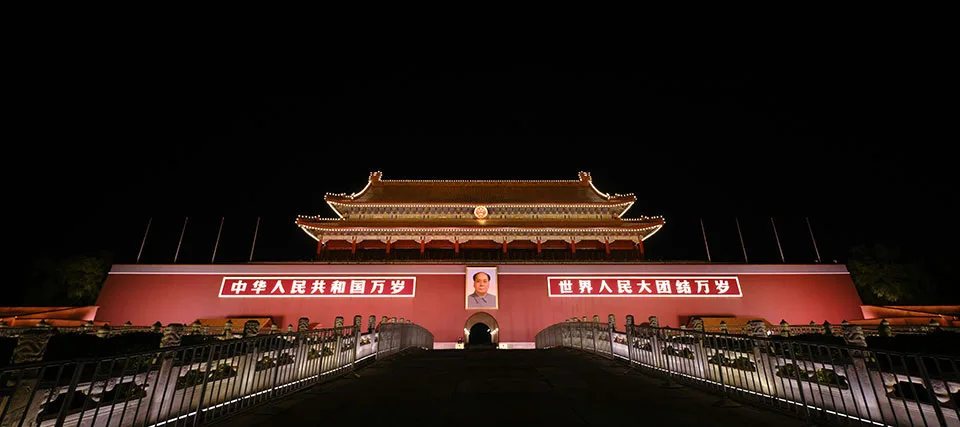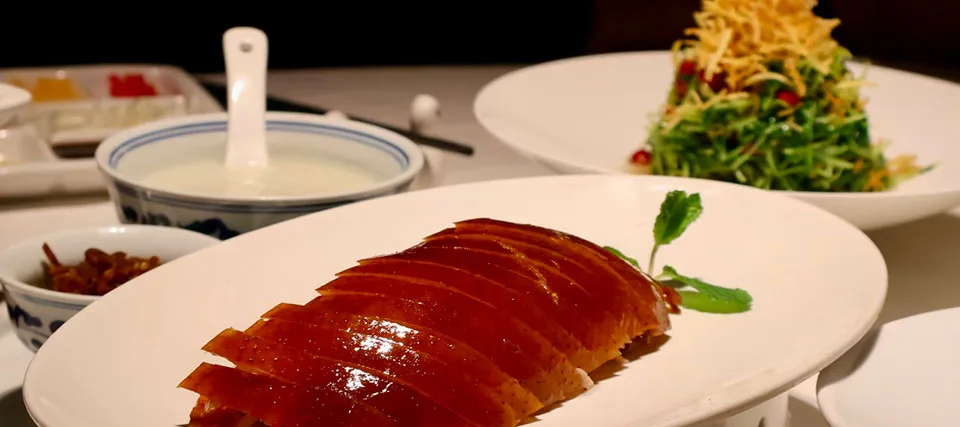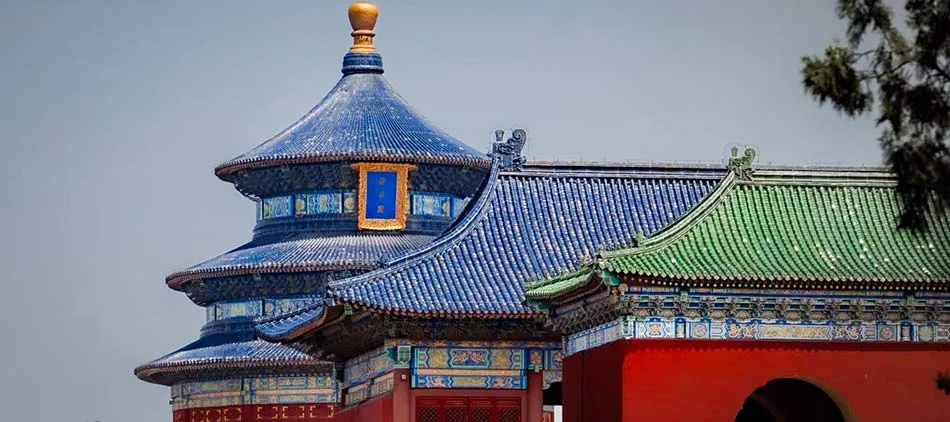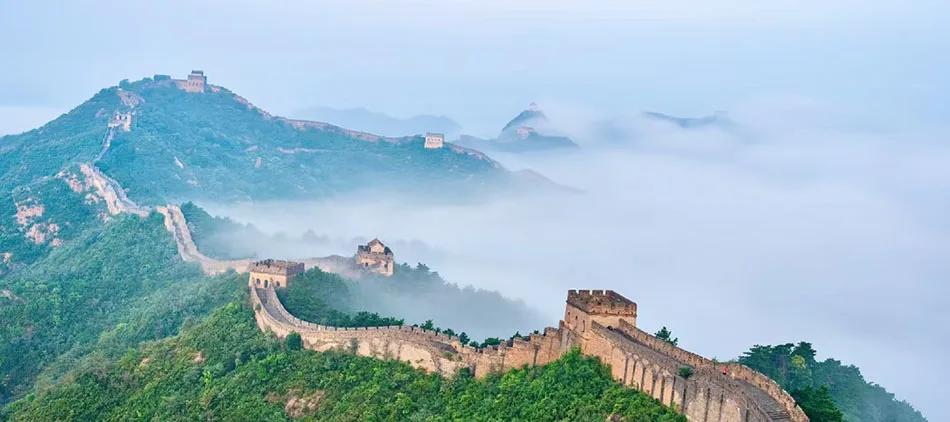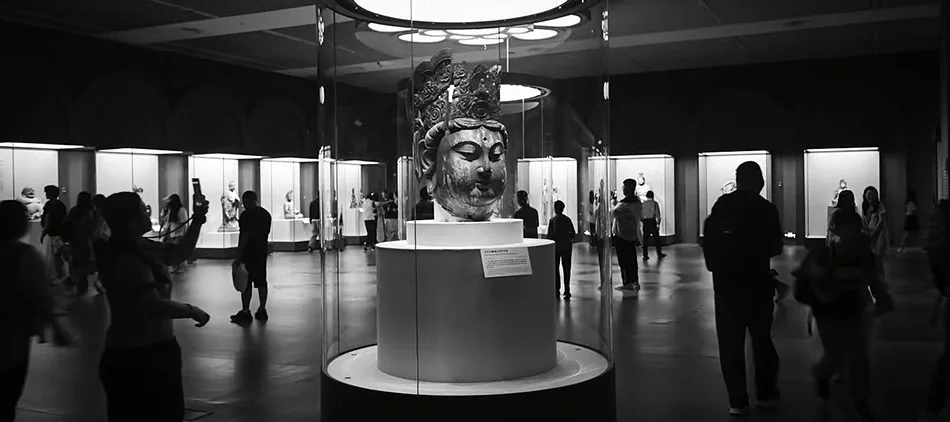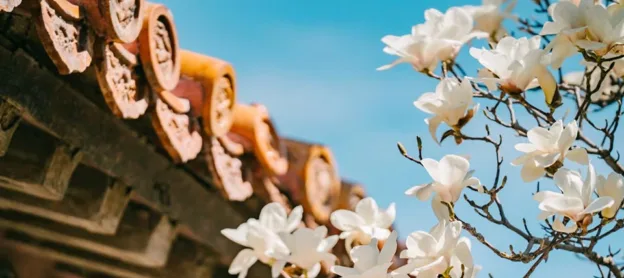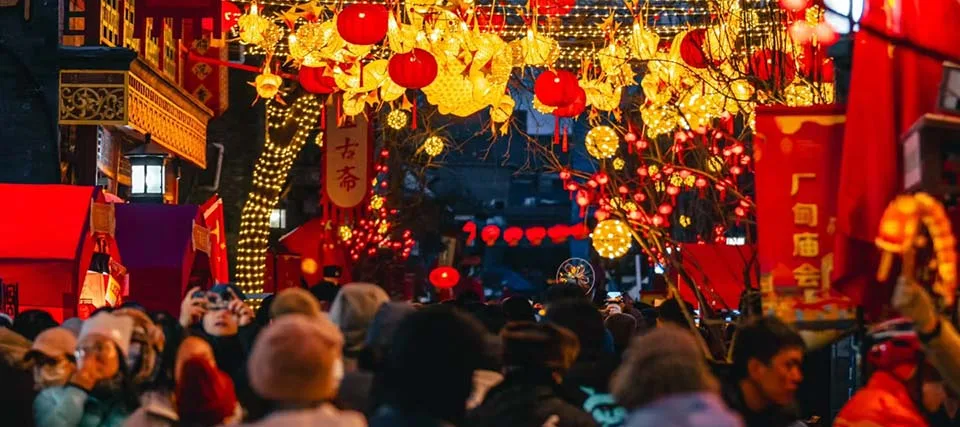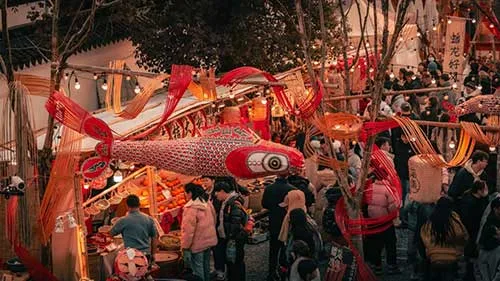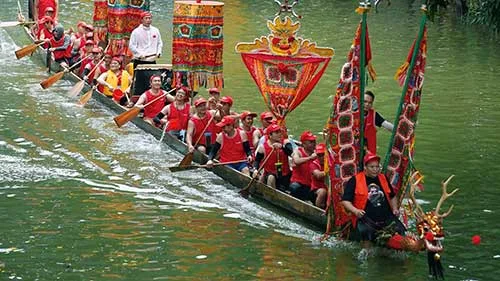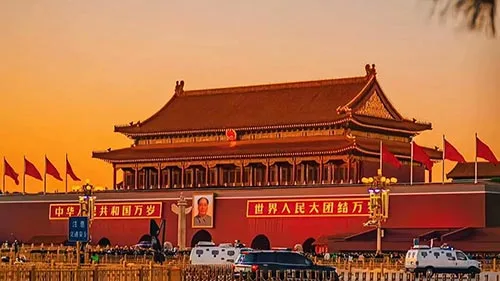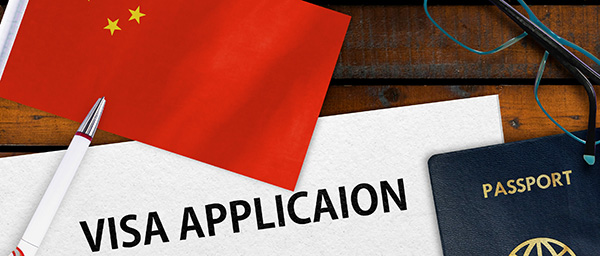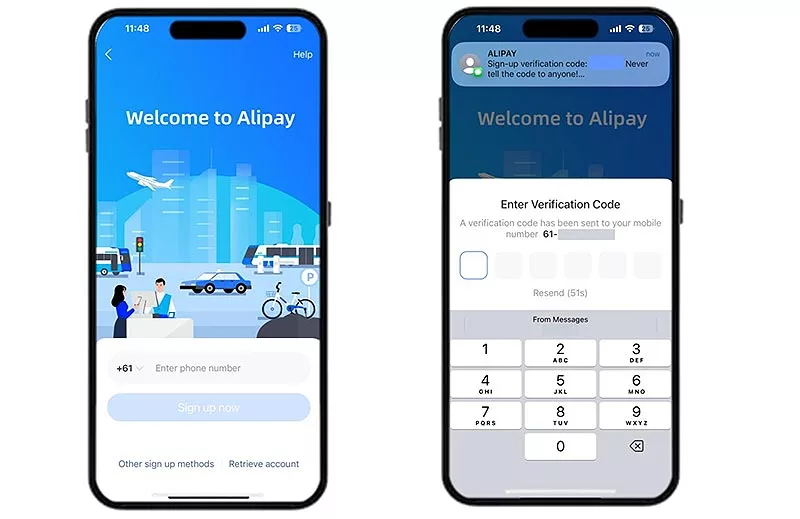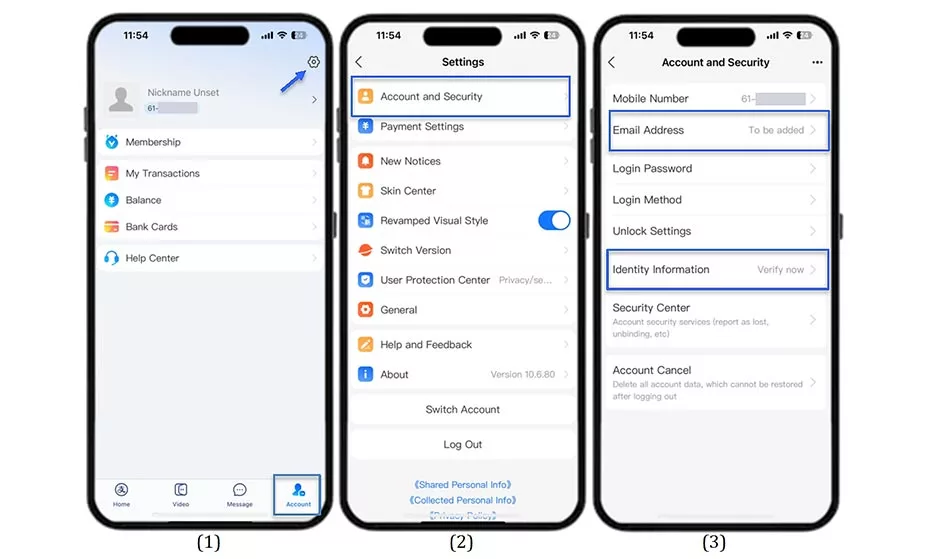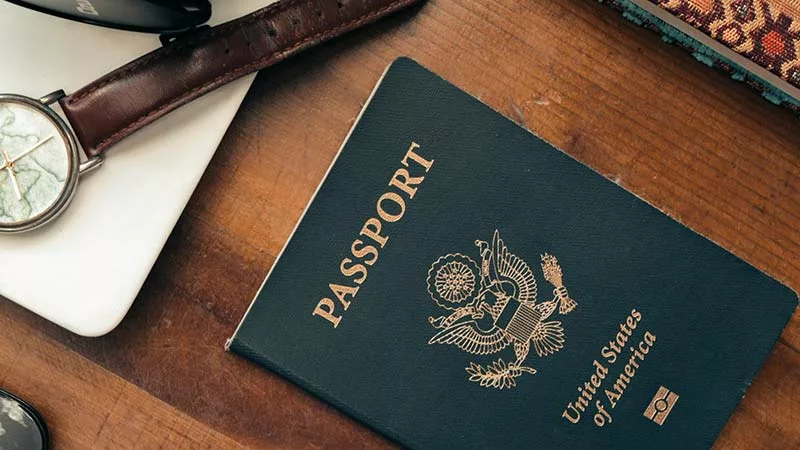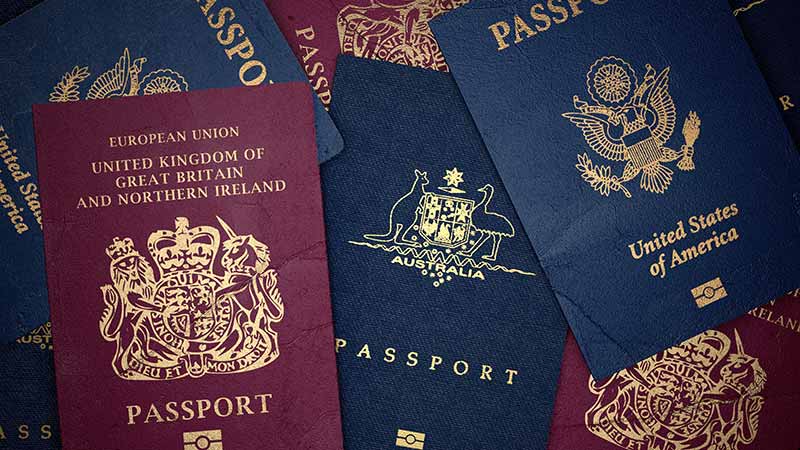
What better way to connect with China’s most legendary spiritual tradition than by visiting the very place where it all began? Shaolin Temple represents over 1,500 years of unbroken Buddhist heritage and stands as the undisputed birthplace of the legendary Shaolin Kung Fu and Chan Buddhism.
What makes Shaolin Temple extraordinary?
We’ve all seen movies and heard stories of the Shaolin Temple, but experiencing it first hand is something else. Curious as to why it continues to enthrall visitors today? Here are just a few reasons why:
- Living Buddhist monastery – This isn’t a museum but an active spiritual center where practicing monks continue traditions established in 495 AD, maintaining unbroken lineages of both martial arts and Buddhist teaching.
- Authentic Martial Arts Heritage – Witness daily training sessions where monks practice the original 700+ Shaolin ‘solo forms’ of Kung Fu that became the foundation for all Chinese martial arts styles.
- Architectural Masterpieces – Explore the temple complex featuring ancient halls, the famous Pagoda Forest with over 240 tomb pagodas, and sacred meditation chambers where legendary masters achieved enlightenment.
- Cultural Immersion Opportunities – Participate in traditional ceremonies, observe monastic life, and learn from masters whose knowledge traces directly back to the temple’s founding.
Temple experience highlights
| Location | Mount Song, Dengfeng City, Henan Province |
| Operating Hours | 7:00 AM – 5:00 PM |
| Ticket Prices | ¥80 Includes Shaolin Temple Main Complex, Pagoda Forest, Hermitage of the First Patriarch, Second Patriarch Temple, Bodhidharma Cave, Shaolin Martial Arts Hall, Sanhuangzha |
| Martial arts performance times | Daily demonstrations at 10:30am, 11:30am, 2:00pm, 3:00pm, 4:00pm (free with temple admission) |
| Transport | From Zhengzhou: 1.5 hours by express bus (¥30) Departures every 30 minutes from 7:00am to 10:00am Three major boarding locations: Zhengzhou Central Station, Zhengzhou Railway Station West Plaza, Hanghai Road-Jingguang Road Metro Station Exit C. |
| From Luoyang Longmen Passenger Transport Center: 1.5 hours by bus (¥35). Hourly departures |
Dining in the district
All the excitement and activity of the Shaolin masters is bound to make you hungry, making sustenance a priority. We recommend you explore the area for the many vegetarian, noodle and braise meat options that are located in this precinct. It’s the perfect way to round out your Shaolin adventure.
The ultimate cultural immersion experience: SHAOLIN Zen Music Ritual

A day at Shaolin Temple provides the opportunity for an immersive experience of authentic Buddhist philosophy, traditional martial arts demonstrations, and the living heritage of China’s most sacred monastery. As the sun sets over Mount Song’s ancient peaks, the stage is set for the SHAOLIN Zen Music Ritual. A 1,500 year old tradition brought to life on this UNESCO World Heritage site is certainly something to behold.
What Makes This Experience Extraordinary?
- Revolutionary Mountain Theater – The world’s largest outdoor performance venue uses Mount Song’s natural amphitheater as a backdrop, featuring a 20-meter artificial moon and over 2,800 precision lighting installations.
- Authentic Cultural Heritage – Real Shaolin monks and martial arts masters perform traditional techniques passed down over centuries, delivering genuine spiritual and martial arts education.
- Five Transformative Movements – Each 15-minute segment explores different aspects of Zen philosophy: Water (meditation), wood (spiritual growth), wind (martial arts), light (enlightenment), and stone (transcendence).
| Performance details | |
| Location | Daixiangou Valley, Dengfeng City, Henan Province (7 km from Shaolin Temple) |
| Schedule | March to November (8.15pm) |
| Ticket Prices | ¥269 (Zone A & B) ¥1,000 (VIP) |
Complete your Shaolin Journey: Stay at an authentic Zen retreats

After an enriching day exploring Shaolin Temple’s sacred halls and witnessing the spectacular mountain performance, deepen your spiritual experience by staying at one of the authentic Zen retreats nearby. The area surrounding Shaolin Temple offers numerous specialized meditation guesthouses that provide unique cultural experiences, allowing you to continue your spiritual exploration beyond daytime visits. These aren’t ordinary hotels. They’re carefully designed retreat centers that integrate traditional Buddhist lifestyle with comfortable modern amenities, creating the perfect environment for cultural reflection and spiritual rejuvenation.Talk to your guide about the many available options.
Shaolin Martial Arts School: Your go to for exceptional martial arts training
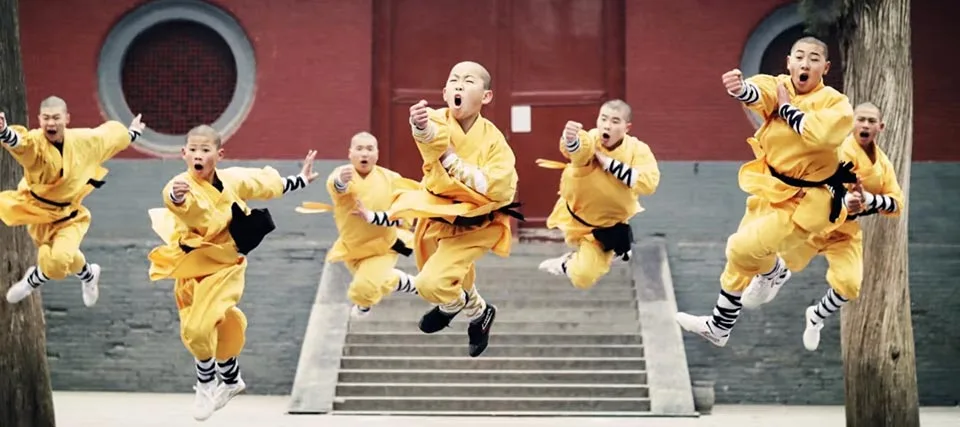
For martial arts enthusiasts, there can be few experiences which surpass training at the Shaolin Tagou Martial Arts School. Located in Dengfeng City, Tagou is the world’s largest Shaolin martial arts institution, the school offers authentic training in the birthplace of Chinese kung fu. More than just a school, Tagou is a vibrant martial arts community with over 35,000 students and nearly 3,000 staff, blending ancient traditions with modern training excellence. Whether you desire a short-term immersive week or a year long committed martial arts pilgrimage, Tagou provides a transformative Shaolin experience that changes lives.
What makes Tagou the ultimate martial arts destination? Here are three compelling reasons:
- World’s largest martial arts institution – With a sprawling campus that functions as its own city, Tagou provides the most comprehensive martial arts education available anywhere in the world, combining traditional Shaolin techniques with systematic modern training methods. What’s not to like if you’re a martial arts aficionado?
- Authentic lineage masters – Train directly with Shaolin monks and certified masters whose knowledge traces back through unbroken lineages to the original Shaolin Temple, ensuring you learn genuine techniques rather than commercialized imitations.
- Complete immersion environment – Live, eat, and breathe martial arts in a community dedicated entirely to kung fu excellence, where every aspect of daily life reinforces your training goals.
For an insight to the rigorous training schedule, here’s a sample daily timetable.
| Time | Activity | Note |
|---|---|---|
| 6:00 – 7:00 | Gong & Tai Chi | Optional morning meditation and gentle movement |
| 7:10 | Breakfast | Nutritious meal preparation for intensive training |
| 8:30 – 10:00 | Morning Training Session | Shaolin basics, acrobatics, sparring, power training, stretching |
| 10:30 – 11:30 | Morning Training Session | Traditional forms, applications, Shaolin basics |
| 12:00 | Lunch | Midday nutrition and rest |
| 14:30 – 16:00 | Afternoon Training Session | Sanda combat, power training, stamina building |
| 16:30 – 17:30 | Afternoon Training Session | Taekwondo, weapon forms, power training |
| 18:00 | Dinner | Evening meal and recovery time |
| 19:20 – 20:00 | Cultural Education | Chinese Mandarin, calligraphy |
| 21:30 | Bedtime | Rest and recovery |
Comprehensive Shaolin training packages

If you’re serious about gaining a level of mastery over your martial arts capability, then booking in for an extended period of Shaolin training could be your next bold move. Here are indicative costs (as at 2025) for longer term training packages.
| Training Duration | Total Price | Inclusions |
|---|---|---|
| Less than a week | $75 per day | Fundamental Shaolin kung fu principles and philosophy |
| 1 Month | $1,270 | Complete immersion experience |
| 3 Months | $3,750 | Intermediate skill development |
| 6 Months | $7,380 | Advanced form mastery |
What can you expect with a comprehensive Shaolin training package? Here’s what we can tell you.
Every training package includes all classes with certified masters, access to professional equipment, private single room accommodation, three daily meals, optional Mandarin language classes, and an official graduation certificate upon completion. Definitely one to hang on the wall when you return home.
Training progresses systematically from foundational skills. Think basic kicks, punches, and introductory forms such as Da Hong Quan (Big Hong Fist) during short-term stays, advancing to intermediate mastery. At this level students learn traditional fist forms like Di Tang Quan (Ground Tumbling Boxing) and weapons training over three to six months, culminating in advanced expertise featuring elite techniques from Shaolin’s legendary 72 secret skills and 18 traditional weapons for year long students.
Beyond learning choreographed forms, masters teach complete practical applications and philosophical meanings, ensuring graduates understand both combat principles and cultural heritage. Upon completion, students receive official certification and join a lifelong learning community, embodying the wisdom that “You are never too old to learn” in the vast ocean of Shaolin kung fu knowledge.
Ready to enrol? Make your way to Mount Song Shaolin Temple Tagou Wushu School, Dengfeng City 452470, Henan Province.


